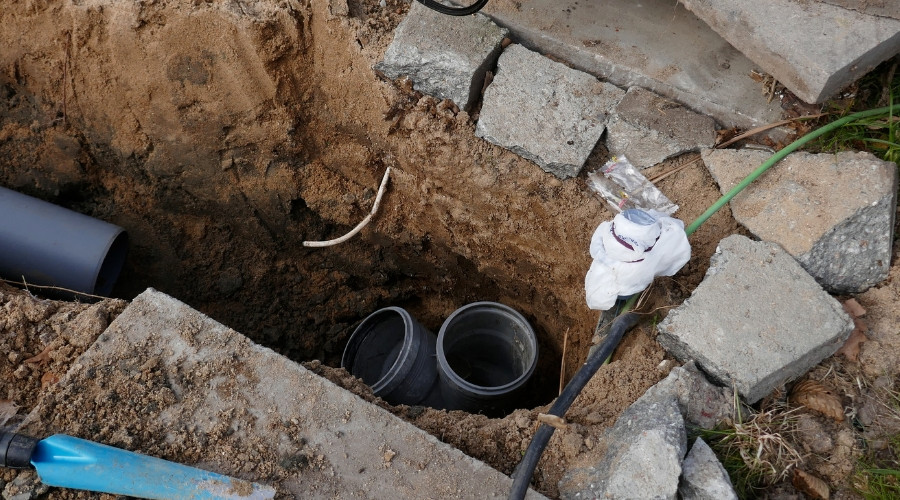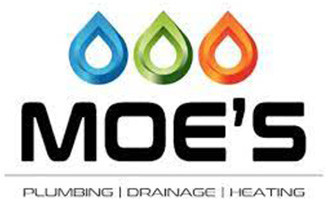What Makes Trenchless Repairs Better Than Other Repair Methods
The advantages of trenchless pipe repair have made it a preferred alternative to traditional excavation. Instead of weeks of disruption and costly restoration, this method offers fast, durable, and low-impact solutions for damaged pipes. This guide examines what makes trenchless pipe repair less invasive, faster to complete, and why this service provides longer-lasting results.
Less Invasive
 Conventional pipe replacement projects often result in torn-up landscapes, blocked driveways, and prolonged disruption. In contrast, trenchless pipe repair eliminates the need for large-scale digging, preserving lawns, gardens, and hardscaping features. Traditional excavation methods use heavy machinery and can cause widespread property damage, whereas trenchless methods leave the surface virtually untouched.
Conventional pipe replacement projects often result in torn-up landscapes, blocked driveways, and prolonged disruption. In contrast, trenchless pipe repair eliminates the need for large-scale digging, preserving lawns, gardens, and hardscaping features. Traditional excavation methods use heavy machinery and can cause widespread property damage, whereas trenchless methods leave the surface virtually untouched.
The minimal digging involved with trenchless sewer line repair also reduces cleanup and restoration time, and significantly reduces surface disruption in comparison to traditional pipe repair methods. Homeowners avoid the cost of repairing grass, pavement, or decorative landscaping, while businesses benefit from maintaining curb appeal and uninterrupted customer access.
By avoiding open trenches and extended construction timelines, this method supports safer, more functional spaces throughout the repair process. Properties remain livable and accessible, offering peace of mind from start to finish.
Faster Completion
 Trenchless sewer repair significantly reduces repair time. While traditional sewer line replacement may take a week or more, most trenchless solutions can be completed within one to two days. Eliminating full-scale excavation speeds up every stage of the process, from pipe access to restoration.
Trenchless sewer repair significantly reduces repair time. While traditional sewer line replacement may take a week or more, most trenchless solutions can be completed within one to two days. Eliminating full-scale excavation speeds up every stage of the process, from pipe access to restoration.
Standard pipe repair methods require multiple steps: digging trenches, removing damaged piping, laying new material, backfilling, and restoring surfaces. Each step adds potential delays—especially when weather or underground obstructions are involved.
Advanced trenchless techniques, such as pipe lining and pipe bursting, streamline this process, significantly reducing project duration. This allows contractors to complete work faster, plumbing systems to be restored sooner, and overall disruption to be kept to a minimum.
Long-Lasting Results
One of the biggest advantages of trenchless sewer line repair is durability. Methods such as cured-in-place pipe (CIPP) and epoxy coatings form a solid, corrosion-resistant lining inside existing pipelines. Once cured, this new lining can extend the life of a sewer system by several decades.
The seamless construction of a trenchless mini split system prevents common issues like root intrusion, corrosion, and joint separation. Unlike temporary fixes, this method creates a long-term solution that integrates directly with existing infrastructure. Additionally, the smooth interior of lined pipes improves water flow and reduces future blockages.
By eliminating weak points and reinforcing structural integrity, trenchless sewer line repair provides peace of mind and long-term value, making it an ideal option for both residential and commercial properties.
About Moe’s Plumbing Drainage & Heating
Moe’s Plumbing Drainage & Heating is a family-owned and operated plumbing and heating company in Coquitlam, with over 50 years of combined mechanical experience. They offer upfront pricing and on-time service from trustworthy technicians. Call them now to schedule trenchless pipe repair in Coquitlam, BC.






